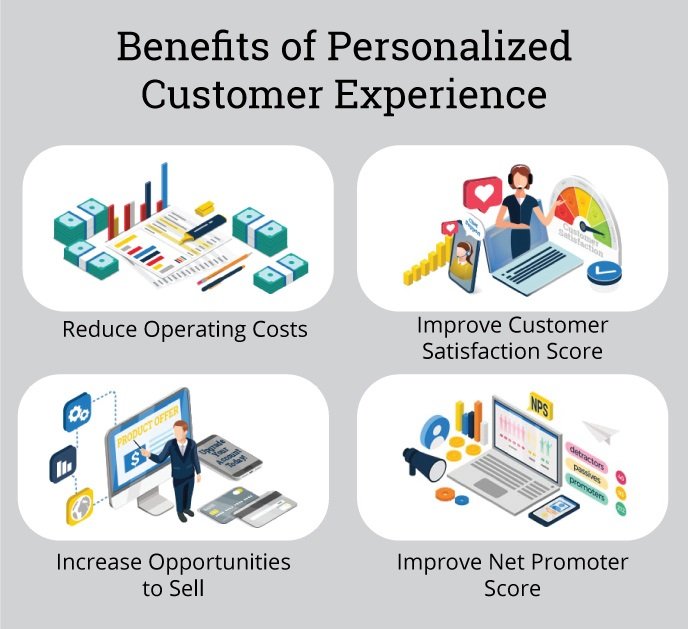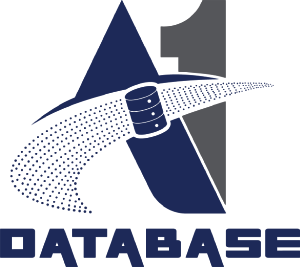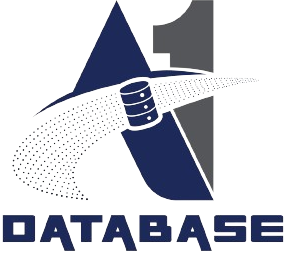- December 3, 2024
- by Admin
- Web Scraping
Elevating Pricing Knowledge and Competitive Strategies

Quick commerce companies must have pricing information since they compete in a market where even little price differences can have a big effect on sales. E-commerce companies are better able to balance profitability and competitiveness when they have access to real-time pricing data from their rivals.
Solution: Businesses may monitor the most recent pricing across competitors by web scraping rapid commerce datasets, which gives them real-time insights into price movements. To keep their prices appealing to consumers, businesses might utilize pricing intelligence to respond to competition reductions or promotions.
For instance, a merchant can use data retrieved from rival websites to identify popular products on rival platforms and modify their prices or promotions to either match or surpass rivals.
Recognizing Popular Trends and Best-Selling Items
With the fast pace of quick commerce, knowing which products are in high demand can help e-commerce businesses stock items that will sell quickly. Quick commerce search trends analysis provides insights into customer preferences, helping businesses anticipate demand and optimize inventory.
Solution: By analyzing data from quick commerce platforms, businesses can identify trending products across categories and monitor changes in consumer interest. Top-selling products scraping services extract data on the most popular items, providing valuable insights that inform inventory management and marketing strategies.
Example: Suppose a specific snack brand is trending on multiple quick commerce platforms. Using web scraping for top-selling products, an e- commerce business can prioritize stocking these items and run targeted ads to capitalize on the demand.
Optimizing Inventory Management
Inventory management is essential in quick commerce, where consumer demands shift quickly. Effective inventory management ensures businesses are well-stocked with high-demand items, reducing stockouts and excess inventory.
Solution: By monitoring product availability on competitor sites, businesses can understand which items are consistently in stock and which ones sell out quickly. Quick commerce data monitoring provides actionable insights into inventory patterns, helping e-commerce companies manage their stock levels more effectively.
Example: Analyzing competitor stockouts for specific items can alert businesses to potential demand surges. They can prepare by increasing stock for these items, ensuring they remain available to customers even when competitors experience shortages.
Improving Customer Experience and Personalization

Understanding customer preferences allows businesses to tailor their offerings and provide a better shopping experience. By analysing customer reviews and ratings, e-commerce companies gain insights into what customers like or dislike about products, which can be crucial for personalization.
Solution: Web scraping can collect data from customer feedback and reviews on quick commerce platforms, providing insights into common customer pain points or preferences. This data helps businesses refine product recommendations, personalize marketing efforts, and improve product descriptions to align with customer expectations.
Example: If customers frequently mention the quick delivery and quality of certain products, a business can highlight these attributes in their product listings, improving customer satisfaction and conversions.
Enabling Data-Driven Marketing and Product Promotion
Using real-time data, e-commerce businesses can optimize their marketing campaigns and promotions. To scrape data from quick commerce platforms enables businesses to align their promotions with customer demand and competitor strategies, enhancing the effectiveness of marketing efforts.
Solution: By extracting information on competitor discounts, seasonal offers, and bestsellers, businesses can create targeted promotions that resonate with customers. Businesses can use quick commerce data scraping services to identify trends that inform promotional timing and messaging, ensuring campaigns drive conversions.
Example: A business can Extract sales data from quick commerce platforms and promotion trends on quick commerce sites to schedule discounts during peak shopping times, aligning with market demand.
How to Begin with Quick Commerce Data Scraping

Partnering with a reliable, quick commerce data scraping service is essential for businesses interested in gaining insights from quick commerce datasets. Here are some data types businesses can focus on:
Product details: Names, descriptions, images, and product categories.
Pricing: Real-time prices, discounts, and historical pricing trends.
Inventory status: Stock availability, frequently out-of-stock items, and product restocking trends.
Customer feedback: Ratings, reviews, and user-generated content related to product satisfaction.

